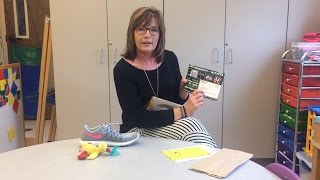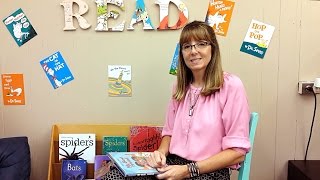Embedding Culture in Teaching and Learning
Watch how Indigenous early childhood educators provide young children with experiences and ways of learning that share cultural knowledge.
Visit the Foundations for Success website:
http://www.foundationsforsuccess.qld.edu.au/resources to see their guidelines for children’s cultural education.
Read Transcript
I guess there’s this kind of view that these children, when they come in here for the first time, that they have not got existing knowledge. They’re coming as empty vessels, but that’s not true. With our children, we acknowledge that they already come here with a wide range of experiences from their families and of course community experiences. What the children already bring with them is the foundations. What we use them trees for? Spear. For spear? Your dada must have teach you something, eh or your papa eh? And I guess when kids about those kind of things, they get really proud and develop their self-confidence and self-esteem, that you’re interested in learning about their family experiences. “And crab, yeah crab in the water, wirral in the water.” These people like fishing, they love camping. We embed that kind of thing in their play, and you say “You want to go camping? Okay, well, what other kinds of things are we going to camp – we need to go camping? Do we need to make a shopping list, do we?” So, you’re introducing writing and print to the children, and you’re sitting down with a great big butcher’s paper and they’re giving you feedback, and you’re being their scribe and modeling the writing for them. “And what, there’s a fish, there’s a fire, what’s that one? Water and fish. Fish.” If you look around the community sometimes, you often see people sitting around in circles or even if we’re out on the beach, that’s what we do. Light a fire, we’re sitting around the campfire, and we’re telling stories. It’s a way for knowledge to be handed down, cultural knowledge to be handed down over time from our older traditions. And I like that style of learning too, because it’s formal, there’s no structure, it’s just an informal yaming process. “Say good morning Marlene, well done. Marlene, what did you do? Did you go around the point? What did you do around the point? Go fishing. Yeah? And um, and a crab. A crab, a big crab. A big crab? Wow, did you cook it? Where did you cook it? Round the point. Round the point, did you cook it on a fire? Yeah. Yeah? Did you eat it?” The stuff that your seeing on the wall is actually Tyson Yunkaporta. He’s built this, eight ways framework based on Uncle Ernie Grant’s framework and has extended on that. I thank goodness for people like that, because as an Indigenous educator, I already knew that I was doing these things, but a lightbulb switched on. I’m an Indigenous teacher and I already do these things, thank you for giving us this language, now we can explain exactly what we are doing. We feel they learn what our forefathers tell us, or teach us, to see them as they grow up at this age, they grow up with that same knowledge because we it onto them, and tell them this is how we lived before. We used to catch the turtle and make sure every family’s up, that’s our culture. We still teach them how to respect elders, how to talk to elders, or how to respect your families, how to respect yourself. That’s how our forefathers taught us, even to respect ourselves, our husband, our wife, our children, our grandchildren or our friends, our families. And as they grow with that, I really believe that they will know our culture when they come to a certain age.
Help teachers and children
worldwide by sharing how
you teach.
A global movement of people sharing knowledge and learning from each other, to better educate our children and create hope for the world.
A global movement of people sharing knowledge and learning from each other, to better educate our children and create hope for the world.






